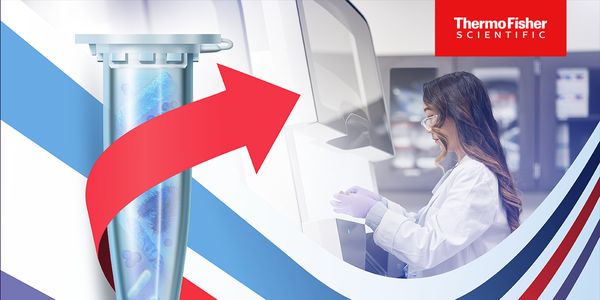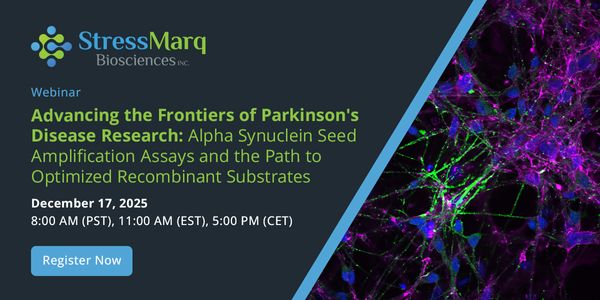cGas-Like Enzymes in Bacterial Immunity
-
Aaron Whiteley, PhD
Assistant Professor, Department of Biochemistry, University of Colorado BoulderBIOGRAPHY
In all organisms, innate immune pathways sense infection and rapidly activate potent immune responses while maintaining a high degree of specificity to prevent inappropriate activation (autoimmunity). In humans, the innate immune receptor cGAS detects viral infection to produce the nucleotide second messenger cGAMP, which initiates STING-dependent antiviral signaling. Bacteria encode predecessors of the cGAS-STING pathway and bacterial cGAS/DncV-like nucleotidyltransferases (CD-NTases) detect bacteriophage infection to produce cGAMP. How bacterial CD-NTase activation is controlled, however, remains unknown. In this presentation, I will describe our work showing that CD-NTase-associated protein 2 (Cap2) primes bacterial CD-NTases for activation through a ubiquitin transferase-like mechanism. A cryoelectron microscopy structure of the Cap2–CD-NTase complex reveals Cap2 as an all-in-one ubiquitin transferase-like protein, with distinct domains resembling the eukaryotic E1 protein ATG7 and the E2 proteins ATG10 and ATG3. The structure captures a reactive-intermediate state with the CD-NTase C-terminus extending into the Cap2 E1 active site and conjugated to AMP. We find that Cap2 ligates the CD-NTase C-terminus to a target molecule in cells, a process that primes the CD-NTase for increased cGAMP production. We further demonstrate that Cap2 activity is balanced by a specific endopeptidase, Cap3, which antagonizes antiviral signaling by deconjugating the CD-NTase. Our data demonstrate that bacteria control immune signaling using an ancient, minimized ubiquitin transferase-like system and provide insight into the evolution of E1 and E2 machinery across domains of life.
Learning Objectives:
1. Describe cGAS-like enzyme regulation by Cap2 and Cap3, enzymes homologous to ubiquitin transferases and deubiquitinases.
2. Discuss about phage biology and phage resistance in bacteria.
3. Appreciate the parallels between human and bacterial immune systems.
Please update your information
Certificate of Participation
DOWNLOAD CERTIFICATE






